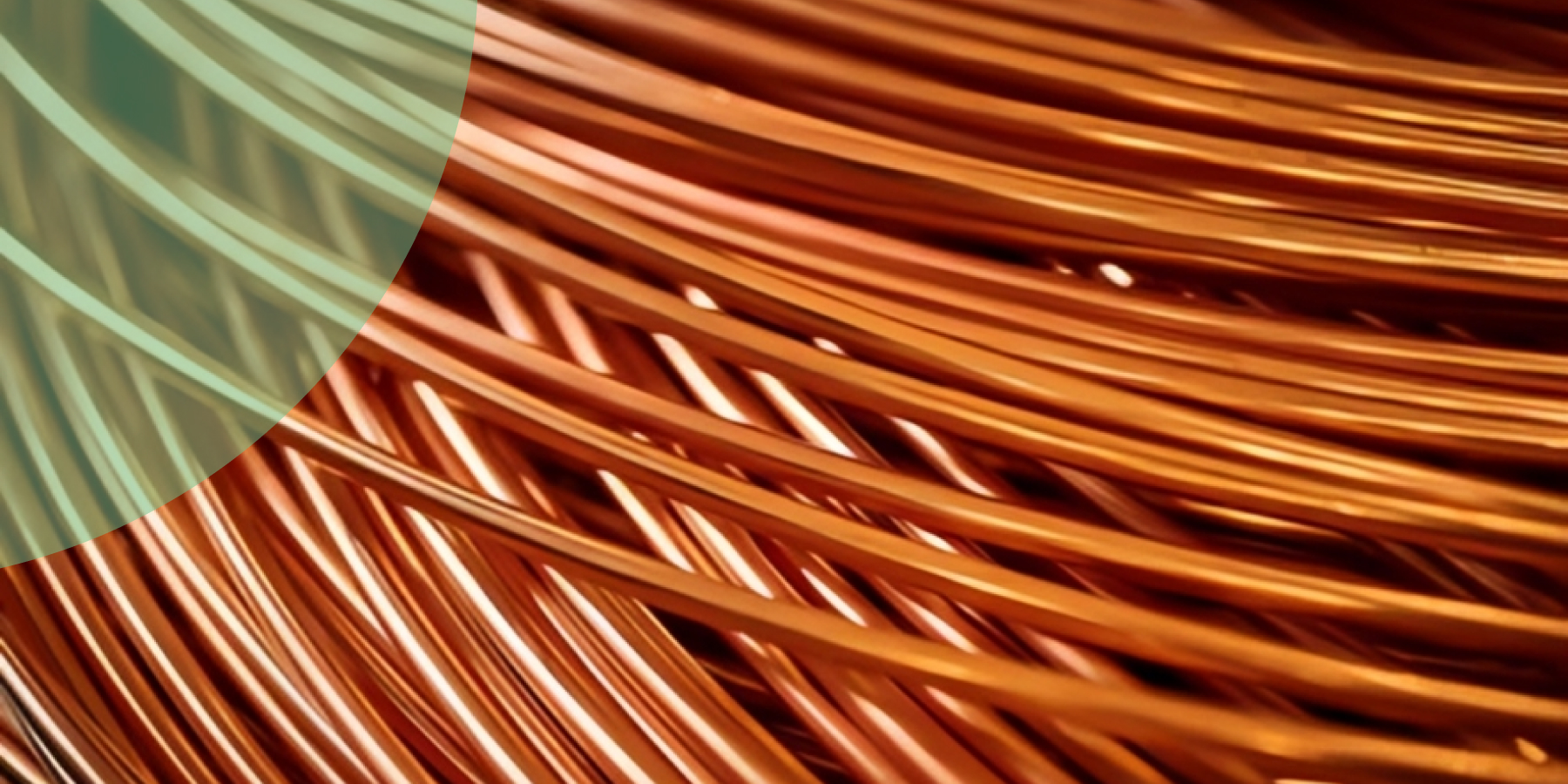Oxygen Free Copper: Properties, Applications, and Advantages
In this blog, we’ll break down the properties, applications, and advantages of oxygen-free copper, helping you understand why it’s preferred over standard copper in various industries.
High-purity copper noted for its remarkable electrical and thermal conductivity is called oxygen-free copper (OFC). Oxygen-free copper, which is widely used in electrical systems, high-end audio equipment, and aerospace components, provides unparalleled performance when thermal stability or signal integrity are crucial.
What is Oxygen Free Copper?
Almost all of the oxygen content is eliminated throughout the manufacturing process to refine Oxygen Free Copper (OFC). With an average copper purity of 99.95% to 99.99%, it is more conductive and resistant to corrosion than regular grades.
There are two main grades of OFC:
- C10100 (OFHC – Oxygen Free High Conductivity)
- C10200 (OFE – Oxygen Free Electronic Copper)
Both grades are used where electrical conductivity and ductility are essential.
Key Properties of Oxygen Free Copper
The unique oxygen-free copper properties make it ideal for precision applications:
Property | Description |
High Electrical Conductivity | Up to 101% IACS, ideal for electrical systems |
Thermal Conductivity | Excellent heat dissipation for thermal equipment |
Corrosion Resistance | Minimal oxidation due to low oxygen content |
High Ductility | Easy to form, bend, and shape without cracking |
Low Magnetic Permeability | Reduces interference in sensitive electronics |
Superior Weldability | Smooth welding with minimal impurities |
Common Applications of Oxygen Free Copper

OFC is used in industries where precision and performance are non-negotiable. Popular oxygen free copper applications include:
1. High-End Audio Equipment
- Used in speaker cables, headphone wires, and amplifiers
- Reduces signal loss and improves audio clarity
2. Electrical and Power Transmission
- Employed in transformers, switchgears, and power cables
- Ideal for high-voltage and high-frequency systems
3. Aerospace and Military
- Components in satellites, radar systems, and avionics
- Withstands extreme environments and ensures reliability
4. Vacuum Electronics and Semiconductors
- OFC’s low impurity level prevents outgassing in vacuum systems
5. Medical and Laboratory Devices
- Used in imaging machines and sensitive medical instruments
Advantages of Using Oxygen Free Copper
Let’s explore the key advantages of oxygen-free copper over conventional copper grades:
- Higher Conductivity: Delivers minimal signal distortion and power loss
- Improved Durability: Withstands oxidation, cracking, and high temperatures
- Superior Signal Clarity: Ideal for precision audio and RF applications
- Reduced Magnetic Interference: Essential in high-frequency or sensitive equipment
- Longer Lifespan: Outperforms standard copper in long-term applications
Oxygen Free Copper vs. Electrolytic Tough Pitch (ETP) Copper
Feature | Oxygen Free Copper | ETP Copper |
Purity | 99.99% | 99.9% |
Conductivity | Slightly higher | High |
Oxygen Content | <0.001% | ~0.02% |
Applications | High-end & critical | General purpose |
Cost | Higher | Lower |
While ETP copper is widely used in everyday electrical applications, OFC is reserved for high-performance systems where precision is vital.
Conclusion
Oxygen Free Copper is a material designed for performance, dependability, and efficiency rather than merely being a purer type of copper. Knowing the characteristics and benefits of oxygen-free copper aids in selecting the best material, whether you work in electronics, aircraft, or high-end audio.
Always make sure you’re dealing with reliable producers who offer complete material certifications and reliable quality when sourcing OFC.
FAQ's

Need Help?
We're Here for You!
Feel free to contact us any time. we will get back to you as soon as we can!
Ask Anything
Oxygen free copper is a high-purity copper with minimal oxygen content (typically less than 0.001%). It is refined using special methods to eliminate oxygen, resulting in excellent electrical and thermal conductivity, superior to standard copper grades.
Oxygen free copper is widely used in electrical and electronic applications such as high-end audio cables, semiconductor components, vacuum tubes, transformers, and superconductors due to its exceptional conductivity and purity.
While both are highly conductive, oxygen free copper contains significantly less oxygen than ETP copper. This makes OFC more suitable for high-vacuum or high-frequency applications where impurities like oxygen can cause signal loss or oxidation.

